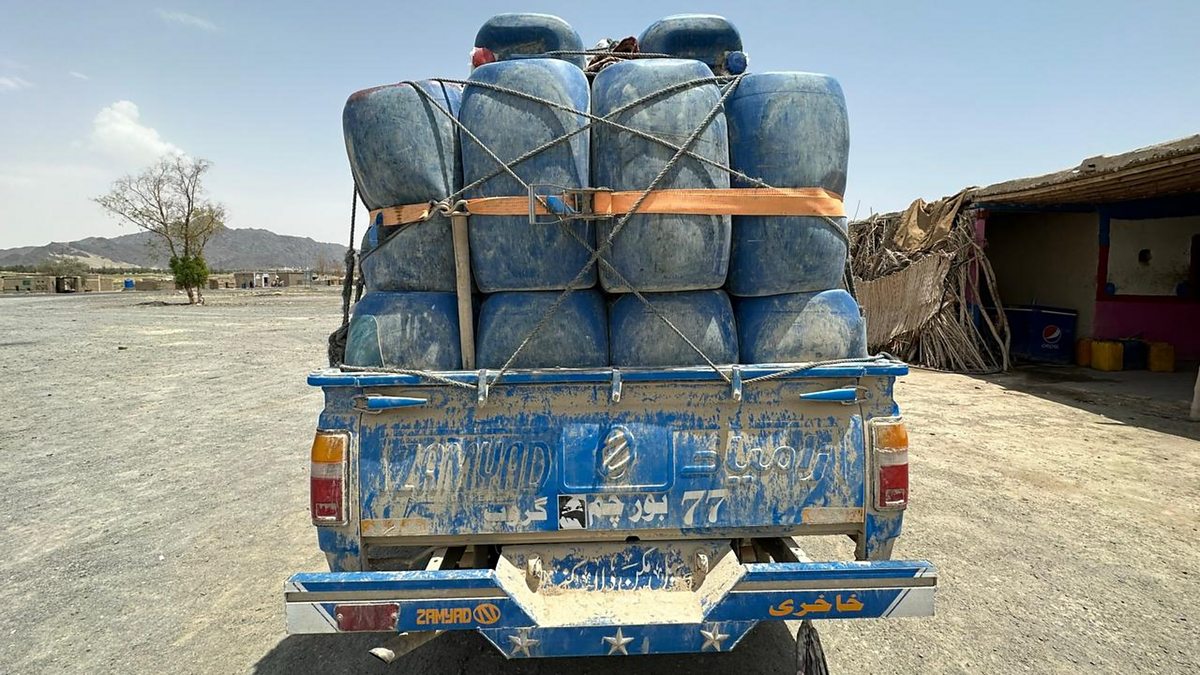
Introduction
G20 Traffic concerns continue rising as Johannesburg prepares to host the 2025 G20 Leaders’ Summit on 22–23 November. With global delegates, heads of state, international media, and high-level security teams moving across Gauteng, major transport corridors will face unpredictable pressure. Authorities have already flagged intermittent road closures, heavy police presence, altered public transport routes, and potential protest activity across the province.
Motorists using routes such as the N1, M1, N12, N3, and major Sandton arterials should expect increased congestion, escorted convoys, and sudden detours. Even short daily commutes may become longer as security operations intensify near hotels, summit venues, and flight arrival zones.
This article breaks down the most important updates every driver needs. With early planning, the right travel tools, and awareness of high-risk zones, commuters can navigate the summit period with fewer delays and more confidence.
G20 Traffic Outlook and Why Disruptions Will Peak Ahead of the Summit
G20 Traffic disruptions will not be limited to summit days. Authorities expect congestion to spike in the days leading up to the event as global delegations begin arriving. Security rehearsals, VIP movements, and logistics operations will occur well before 22 November.
Convoys transporting presidents, prime ministers, finance ministers, and diplomatic teams typically require temporarily secured lanes, reduced-speed zones, and short-term closures. These operations make it difficult to predict exactly when roads will slow down. Traffic officials may avoid publishing exact convoy times for security reasons.
As these movements happen across the province, even small closures can cause rapid bottlenecks. Roads that normally handle thousands of vehicles per hour may see sudden freezes, which ripple outward into connecting streets. Motorists should treat the entire summit week as a period of elevated congestion and leave home earlier than usual.
G20 Traffic and the Impact on Johannesburg’s Busiest Freeways
G20 Traffic pressures will affect nearly every major highway in Gauteng, but the heaviest strain will fall on strategic corridors used for VIP transfers. The N1, connecting Pretoria to Johannesburg, will play a primary role in convoy routes. Any temporary slowdown or closure could immediately cause long queues.
Similarly, the M1 North and South, which funnel thousands of commuters into and out of the central city, are expected to become unpredictable. Rolling blocks, signal holds, and redirected flows may appear with little notice. The N12, linking the airport to parts of the province, could face multiple closures during high-profile arrivals.
Even outside peak hours, traffic volumes will be higher than usual. Drivers should use navigation apps that update in real time and avoid relying entirely on fixed travel times. Planning alternate routes ahead of time will reduce frustration when a freeway unexpectedly stalls
G20 Traffic Restrictions Around Sandton, Summit Venues, and Diplomatic Hotels
Sandton is expected to become the epicenter of G20 Traffic changes. With major hotels hosting delegations and the summit zones located in the district, security density will increase dramatically. Roads such as West Street, Rivonia Road, Maude Street, Katherine Street, and Grayston Drive may experience checkpoints, lane reductions, and short closures.
Some intersections could be temporarily blocked as escort vehicles manage high-level arrivals or departures. Pedestrian movement around certain hotels and conference facilities may also be redirected. Businesses in the area may enforce special access rules, and some parking zones might be restricted or repurposed for official convoys.
Workers commuting into Sandton should anticipate delays during morning and afternoon peaks. Using the Gautrain where possible can reduce the stress of navigating these high-security routes. Residents should plan errands earlier in the day to avoid being caught in sudden travel restrictions.
G20 Traffic Conditions Near OR Tambo: Airport Access Will Be Challenging
OR Tambo International Airport is one of the highest-pressure zones during summit week. Delegation arrivals typically come in waves, with aircraft carrying global leaders landing within short time intervals. Each arrival involves an organized convoy that must travel quickly and securely along designated routes.
This means that key routes like the R24, N12, and R21 may face full or partial closures with minimal warning. Even brief closures can cause heavy tailbacks as local and long-distance travelers share the same corridors. Airport drop-off and pick-up points might also be temporarily congested due to security checks, redirected vehicles, or arriving media teams.
Passengers flying during this period should arrive far earlier than usual, especially for international flights. Using official airport alerts, shuttle services, and real-time traffic updates will help reduce the risk of missed flights or rushed check-in experiences.
G20 Traffic and the Role of Protest Activity in Potential Delays
Protests during major global events are common, and Johannesburg is preparing for possible gatherings by civil society organizations, labor groups, and community movements. While authorities aim to maintain peaceful engagement, even small demonstrations can create major disruptions.
Protesters may gather near symbolic locations such as government buildings, major intersections, or corporate headquarters. These gatherings often slow traffic, block lanes, or create choke points where police must intervene. Protests can also shift quickly from one location to another, forcing motorists to redirect unexpectedly.
Drivers should remain aware of protest announcements, avoid known gathering areas, and monitor radio updates before leaving home. Staying calm, patient, and aware of alternate routes will reduce the risk of getting stuck behind demonstration traffic.
G20 Traffic Adjustments Affecting Public Transport and Daily Commuters
Public transport will remain operational during the summit, but schedules and routes may change around key areas. Gautrain stations in Sandton, Rosebank, and Park Station could experience higher passenger volumes as drivers switch to trains to avoid severe congestion. Additional security presence may slow entry or exit during peak periods.
Rea Vaya buses and municipal services may implement temporary diversions, especially if their routes overlap with summit traffic corridors. Minibus taxi operators often adapt quickly to road conditions, but passengers may experience rerouted stops, unexpected detours, or slightly longer waiting times.
Daily commuters should review route changes ahead of time, keep extra travel allowance in their schedule, and remain flexible. Preparing backup travel options—such as using a different station, leaving earlier, or working remotely—can help maintain normal routines during the summit week.
G20 Traffic Effects on Businesses, Deliveries, and Essential Services
Businesses across Gauteng will feel the impact of G20 Traffic disruptions. Offices located in high-security areas such as Sandton, Rosebank, and the CBD may see staff arriving late or struggling to find parking. Remote or hybrid work arrangements may become necessary for certain teams.
Delivery services, couriers, and supply-chain vehicles will also face challenges. Secured zones could restrict access or require additional checks. Routes that normally take 20 minutes could extend to over an hour during peak convoy operations. Retailers and service providers may need to stock up on essential goods in advance.
Essential services such as hospitals and clinics will remain operational, but access routes may experience congestion. Patients should plan medical appointments around peak summit periods. Schools near major roads may also adjust schedules or issue travel advisories to parents.
G20 Traffic Navigation Tips: Tools and Best Practices for Smarter Travel
Drivers can significantly reduce inconvenience by planning ahead. Traffic apps such as Google Maps and Waze will detect route closures early and offer alternatives. Local radio stations and traffic reports provide additional insights into real-time conditions.
Creating a list of backup routes is crucial. If one freeway becomes blocked, knowing a secondary road to reach your destination can save significant time. Keeping fuel levels high, vehicle documents ready, and phone batteries charged helps prepare for longer travel periods.
Whenever possible, avoid unnecessary trips during the busiest summit days. Combining errands, carpooling, or shifting travel to earlier or later hours can make a noticeable difference. Small changes in planning can prevent long hours spent stuck in heavy congestion.
FAQs
1. Will G20 Traffic only affect Sandton and the CBD?
No. G20 Traffic disruptions will impact major highways, airport routes, business districts, and surrounding suburbs across Gauteng.
2. How early should I leave for OR Tambo during summit week?
It is best to leave significantly earlier than usual, as G20 Traffic delays and convoy activity can slow access routes.
3. Can public transport help avoid G20 Traffic delays?
Yes. Trains and buses may offer more predictable travel during peak G20 Traffic disruptions, although some routes may still face diversions.
Conclusion
G20 Traffic changes will temporarily reshape travel across Johannesburg as the city hosts one of the world’s most influential events. With road closures, convoy operations, and possible protest activity, motorists must remain proactive and informed. By planning early, using reliable navigation tools, and practicing flexible travel habits, commuters can navigate summit week with less stress and more confidence. Staying aware of G20 Traffic updates ensures smoother movement across Gauteng during this historic international gathering.


